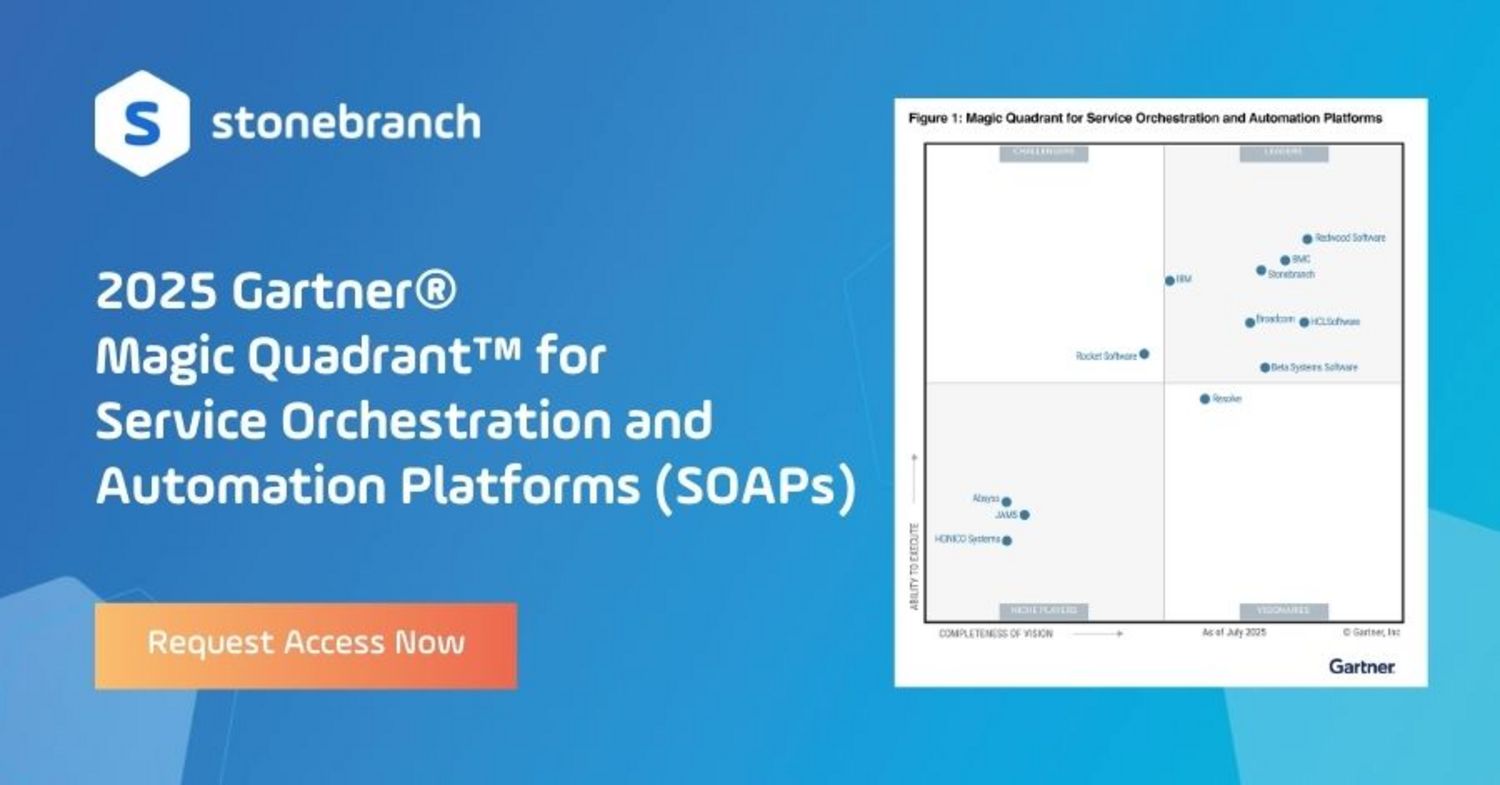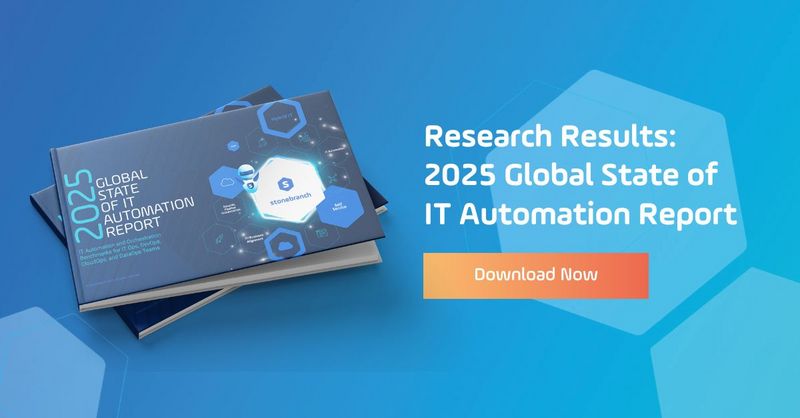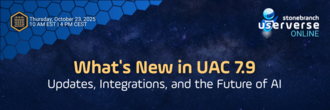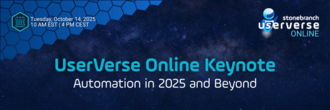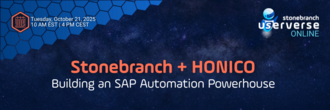What is Agentic Automation? A Look at the Future of Autonomous Business Operations
Explore how agentic automation transforms business ops with intelligent agents — and why orchestration is the key to connecting, managing, and scaling these agents in real-world environments.
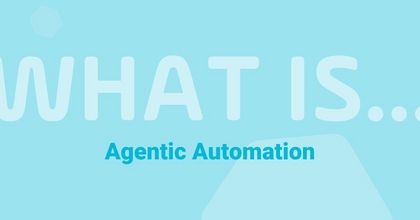
Agentic automation isn’t just a buzzword — it’s a blueprint for the future of work. According to Gartner’s 2025 predictions, we're on the cusp of a new automation era defined by intelligent agents that can mimic human decision-making, automate processes, and execute tasks with minimal intervention. At the heart of this shift is a push toward platforms that unify AI, orchestration, and automation strategies into one cohesive system.
In this blog post, we’ll explore what agentic automation really means, why Gartner believes it will become mainstream by 2029, and how Stonebranch Universal Automation Center (UAC) helps enterprises prepare for this transformation today.
What is Agentic Automation?
Agentic automation leverages AI-powered agents that can understand, decide, and act independently — much like human knowledge workers. These agents go beyond rule-based automation solutions by applying generative AI (genAI) techniques and large language models (LLMs) to:
- Interpret unstructured information
- Make autonomous decisions
- Orchestrate complex workflows
- Continuously learn and improve
This sort of agentic process automation (APA) is part of the broader Agentic AI category that's #1 on Gartner's 2025 Tech Trends. According to Gartner, this kind of AI-powered automation is poised to redefine how enterprises approach everything from software development to document processing to business orchestration.
Benefits of Agentic Automation
APA delivers more than just efficiency gains. It redefines what’s possible with automation across the enterprise.
By empowering AI-driven agents to act with autonomy, businesses unlock new levels of agility, scale, and intelligence across their operations. Here are the core benefits:
- Autonomous Decision-Making: Agents can analyze data, interpret context, apply logic, and make decisions without waiting for human input. Their ability to process vast volumes of data at high speed allows them to uncover patterns and trends that would be impossible for humans to detect. This accelerates workflows, reduces bottlenecks, and enables real-time responsiveness.
- Agility and Resilience: Agents quickly adapt to changing conditions and unexpected disruptions by learning from data and past actions. They power dynamic workflows that can reroute, retry, or self-heal when issues arise. This allows faster response times to business changes and ensures consistent operational performance.
- Scalability and Cost Reduction: Agentic AI scales effortlessly to manage more processes, data, and decisions without a proportional increase in headcount. By minimizing manual intervention and streamlining operations, organizations reduce costs while boosting efficiency and output.
How Does Agentic Automation Work?
Agentic automation works by using intelligent software agents powered by genAI and/or LLMs. These agents perform tasks that typically require human reasoning. Unlike traditional automation tools that follow rigid scripts, agentic AI systems can understand context, interpret data, make decisions, and take independent action.
These AI agents operate through a cycle of sensing, reasoning, and acting:
- Sense: Agents ingest structured and unstructured data from various sources, including documents, system and application data, and user inputs.
- Reason: Using embedded AI models, they analyze the data, apply business logic, complete the decision-making process, and determine the next best action.
- Act: Agents execute tasks, initiate workflows, or trigger events. Agentic AI often collaborates with other agents or systems in real-time to initiate automated workflows.
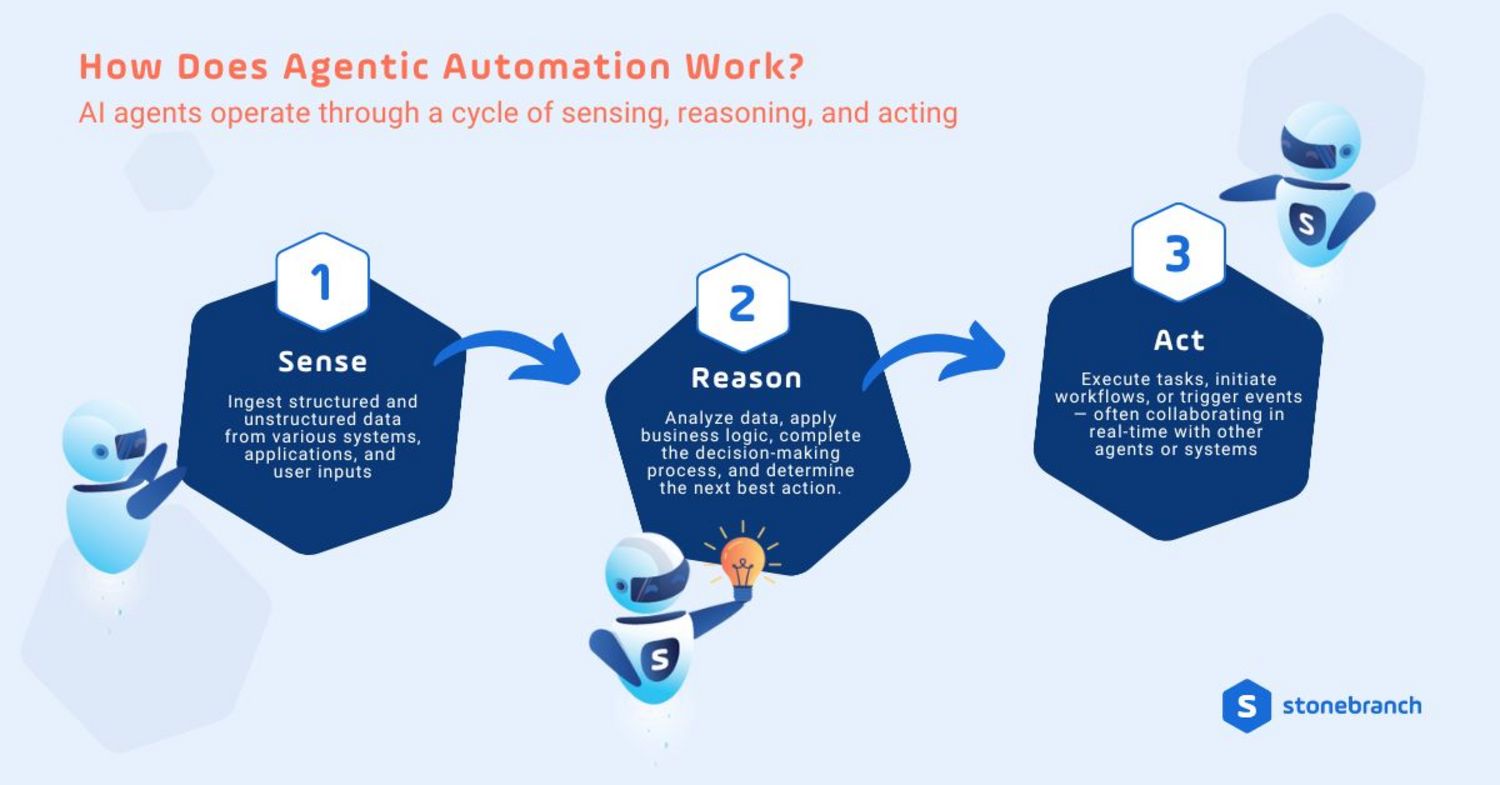
Crucially, agentic automation thrives within orchestrated environments. A centralized orchestration platform connects to source data (wherever it lives), helps govern the agents’ behavior, ensures security and compliance, and coordinates everything across complex business processes. This kind of intelligent automation is scalable, auditable, and enterprise-ready.
High-Impact Agentic Automation Use Cases
In a recent Quick Answer report, Gartner highlights four standout agent-based automation use cases that are both achievable and valuable. They include:
- Service Desk Support: Use an intelligent agent to categorize incoming tickets, surface relevant knowledge articles, and suggest next steps.
- Customer Escalation Handling: Automatically assess customer satisfaction levels in emails, generate draft responses, and flag critical issues for human review.
- Supplier Risk Review: Use AI agents to evaluate vendor contracts for key terms and identify inconsistencies or risks.
- Sales Pipeline Management: Use agentic automation to examine CRM data for stalled opportunities, generate follow-up strategies, and update pipeline reports.
The Road Ahead
Agentic automation is not a distant ideal — it’s an evolution. Today’s AI tools, like LLM-based assistants, can follow instructions but only within set limits. Truly agentic AI that's able to learn, decide, and act on its own is still developing. But we’re getting closer every day.
Gartner makes it clear: to thrive in this new landscape, organizations must modernize their approach to orchestration and embrace automation platforms designed with intelligence, composability, and autonomy in mind.
Frequently Asked Questions: Agentic Automation
What is agentic process automation (APA)?
APA, or agentic automation, is a form of automation that uses intelligent agents to execute business workflows with minimal human oversight. These agents combine AI capabilities, process management, and real-time decision-making to manage tasks from end to end.
How is APA different from robotic process automation (RPA)?
RPA automates repetitive, rule-based tasks by mimicking human actions at the user interface level. APA goes further by using AI-powered agents that understand intent, process unstructured data, and make autonomous decisions to unlock more complex, adaptive use cases.
What are the challenges of APA?
While powerful, APA introduces new challenges. These include the need for strong governance, secure data access, explainable AI decisioning, and orchestration frameworks that prevent agents from operating in silos. Skill gaps in AI, prompt engineering, and multi-agent coordination also pose adoption barriers.
Is today’s AI really “agentic”?
Not yet, at least not fully. AI agency exists on a spectrum. Today’s systems — like LLM-based assistants — are still on the lower end, capable of supporting specific tasks under well-defined conditions. True agentic AI, which can learn from its environment, make autonomous decisions, and act independently, is still emerging. But that gap is closing fast. As enterprises gain experience with building, governing, and trusting AI-driven workflows, we’ll see a steady shift toward more capable and autonomous agents.
Can Stonebranch integrate with our existing AI tools and future advanced AI platforms?
Yes. UAC is vendor-agnostic and integrates seamlessly with virtually any system, including popular cloud services, LLMs, and AI/ML platforms. For instance, you can orchestrate agents from the enterprise-grade SmythOS, low-code Relevance AI, open-source CrewAI, or even internal models, all while maintaining centralized control.
Start Your Automation Initiative Now
Schedule a Live Demo with a Stonebranch Solution Expert

